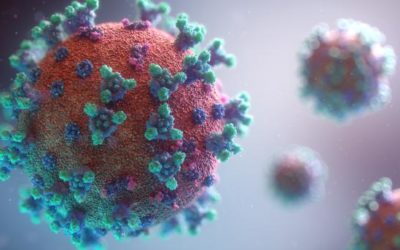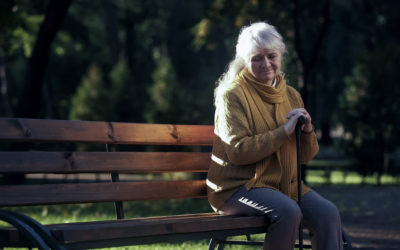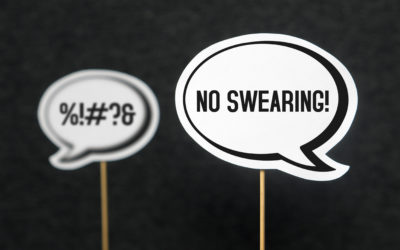Quick Hits
Daily brief research updates from the cognitive sciences

Cognitive games have been around for many years now – the first wave of popularity came with Nintendo’s “brain jogging” almost two decades ago now.
These games have claimed that they improve brain function and indeed there has been some solid research to show this does happen. But when digging into the research an inconsistent picture emerges.
The sticking point is what we call near and far transfer. If you train anything you will get better at it – that is no surprise, but the question is how far can this transfer to real life? So, if you are playing any form of cognitive game such as a short-term memory game, the really important question is how much does this transfer to everyday life, i.e. will my memory be improved when meeting people or going shopping?
It is precisely this that has shown inconsistent results. And it is precisely this that a group of researchers at the University of California wanted to get a better grip on.
What did they find?
They conducted a series of experiments with 500 individuals and found consistent results. They found that the degree of near transfer predicated far transfer.
Near transfer is doing similar but different tasks whereas far transfer transfers to less related tasks. For example, if I were training running on a treadmill, near transfer would be improving my road running performance (similar but not exactly the same), and far transfer would be improving my tennis or cycling ability (related but very different).
So, it appears that once transfer happens, it can happen also to more unrelated tasks. The question they would now like to answer is why? One reason is that people may by applying different skills to complete the task which don’t transfer or are unable to generalise the skills, or another factor may be that there is another bottleneck. In the above treadmill running eample, improved cardiovascular fitness may improve most sports, but in tennis coordination may be the bottleneck that impedes my improvement, and this is not trained on the treadmill.
I found this particularly interesting because I have followed the research over the years but also because one skill, I have found to be useful and different between individuals, in training and coaching executives, is that some of these senior leaders seem very good at generalising and applying various principles to different scenarios and others can’t seem ot do so. Maybe it is the difference between a generalised brain and a specialised brain?
The researchers are looking for participants, by the way, to do a large-scale citizen study with up to 30’000 participants to give us some robust answers to the mechanism of near and far transfer.
I look forward to seeing the results!

Andy Habermacher
Andy is author of leading brains Review, Neuroleadership, and multiple other books. He has been intensively involved in writing and research into neuroleadership and is considered one of Europe’s leading experts. He is also a well-known public speaker speaking on the brain and human behaviour.
Andy is also a masters athlete (middle distance running) and competes regularly at international competitions (and holds a few national records in his age category).
Reference
Anja Pahor, Aaron R. Seitz, Susanne M. Jaeggi.
Near transfer to an unrelated N-back task mediates the effect of N-back working memory training on matrix reasoning.
Nature Human Behaviour, 2022
DOI: 10.1038/s41562-022-01384-w
More Quick Hits
COVID on the Brain
Many COVID-19 patients have reported various neurological symptoms – the well-known brain fog, but also headaches and decreased cognitive function over months and extended periods of time. This even without serious infection or hospitalization. The research seems to...
Life satisfaction after work related to personality traits
As many of you know I have done plenty of work into personality and so found this study interesting. Dusanee Kesavayuth of Kasetsart University in Bangkok, Thailand analysed data from 2,000 adults aged between 50 and 75 in the British Household Panel Survey and found...
Unique regulation of brain in yoga practitioners
Quick HitsDaily brief research updates from the cognitive sciences es, you yoga practitioners knew you were special and here is the science to prove it! In this older study I came across (2018) participants were recruited to see how they dealt with...
Neurodivergence and the lonely brain
Quick HitsDaily brief research updates from the cognitive sciences eurodivergence is term that describes those that are not “neurotypical” such as those with autism and ADHD. In the surge of research into loneliness spurred by the pandemic it has...
Art Engages the Social brain
Quick HitsDaily brief research updates from the cognitive sciences reported in last week’s Quick Hits on how engaging in the arts has a relationship with self-control and avoidance of disagreeable and criminal behaviour and that is why this...
Swearing can increase strength, self-confidence, and risky behaviour
Quick HitsDaily brief research updates from the cognitive sciences wearing is frowned upon in many circumstances but is also used by many people in casual situations and particularly by comedians. So why do we swear if it is taboo? A team of...






